Outdoor musical instruments are a beneficial addition to a playground for many reasons. Here are 3 considerations if you are thinking of adding outdoor musical playground equipment to your outdoor space.
-
Music Enables Kids to Learn & Express Emotion
Music can be a constructive way to express who you are and what you're feeling, especially in young children. Some children find it difficult to say how they're feeling, primarily because they don’t know the name of the feeling they’re experiencing. Instead, they may show it by crying, throwing temper tantrums, or having meltdowns. Effective emotional expression must be learned. The good news is that young children can be taught basic emotions such as happy, mad, sad, and scared as early as two years old and more as they get older. Adding music to the playground can facilitate this.
Expression of Emotion in Music
Music and play are very effective ways for children to learn about and explore feelings, and then practice how to express and manage them. For instance, a ‘Music and Feelings’ lesson plan can encourage children to recognize and talk about different feelings and emotions through a variety of musical fun activities.
Music can help children to ‘hear’ what certain feelings sound like, and they can learn to tell what emotion is evoked by a piece of music.
Music can help a child get in touch with and/or express a feeling he or she may be experiencing such as happiness, sadness, fright, or anger. Musical instruments can be ‘gates’ for their emotions and playing them allows their emotions to come through. Appropriate self-expression springs from a sense of self and music can help immensely with this.
Music can give children a way to express themselves, unleash their creativity, be inspired and uplifted, relax, and relieve stress and tension.
Making music with other people improves children’s social and emotional skills. They learn to work together as a team and develop their sense of empathy with others. Researchers have found that when children play music together – from simple rhythms to larger group performances – they are better able to tune into other people’s emotions.
Music has been reported to evoke a full range of human emotion including:
- Happy or Sad – Music can lift a child’s mood, make them smile or laugh or feel melancholy and even make them cry.
- Energetic – Rhythms in music can make us move faster and aid physical exercise.
- Scared – Music can make children feel scared or tense, for example during some ‘dark’ moment in a movie.
- Calm - Certain music can help the mind slow down and initiate the relaxation response.
- Nostalgic – Music can remind children of the past, both good times and not so good times.
- Love – Music can be used to express love and as a sign of affection
Most of all though, playing music makes people happy! There are few pleasures in this world that can be compared to the high you feel from letting your soul flow through your body and out through improvisation and music making. Discover the stress-relieving power of playing your own song.
Learn more about The Expression of Emotion in Music.
-
Musical Instruments Help Improve Core Stability
With a lot of focus on children being academically ready for school, going back to basics and helping a child to be physically ready is a step that many schools, preschools, and other childcare settings think about throughout the school year. Play, especially outdoor play, is critical for helping children develop skills that will benefit them academically.
For instance, developing the physical skills of balance and a strong core will have endless benefits for a child, not only making them a more coordinated individual but enhancing their ability to engage in learning for longer periods.
Outdoor music can be a useful tool to aid the development of physical skills, as well as being proven to support communication, encourage expression, and build self-esteem.
Strengthening the Core of W-sitters and Slouchers
We have all encountered the “W sitter,” the child who is constantly in that knees-and-bottom, wide-based position. While the child feels stable, this position does not allow for much trunk rotation - a skill needed for running, manipulating objects, and negotiating space. How about the child who is always flopped over to one side or is constantly adjusting their position during carpet time? All of these clues indicate a lack of core strength.
Standing to play a large instrument, like Percussion Play’s Akadinda, engages gross motor skills to play the notes up and down a long length, which helps to improve the child’s core strength and their range of bilateral movements. This fun activity may, in time, develop the child’s core strength - allowing them to feel more stable in an alternative seated position.
Developing Core “Crossing the Midline” Skills
Activities that encourage crossing the midline can aid in a child’s physical development. Imagine an invisible line drawn down the center of your body. Now imagine drawing a long horizontal line on a piece of paper. Can you complete this task, crossing that imaginary vertical line with your dominant hand, without passing the pencil into the other hand?
What seems like a simple task can be tricky for those who are not used to crossing the midline – those children you have observed reaching for items on the right side of their body with their right hand, and the left with the left. Perhaps they constantly swap hands while mark making. This difficulty crossing that imaginary line can slow the development of a dominant hand. Many other everyday tasks are dependent on crossing the midline, so this is an important skill to master.
In order for children to become confident with movements that cross the midline, we need to encourage the two hemispheres of the brain to work together and help develop a child’s core strength. Playing an instrument that encourages the child to reach, move their arms across their body or play from one side of the body to the other promotes communication between those two sides of the brain. With time, the child will be able to do this spontaneously and the need to swap hands will reduce.
Other activities that encourage crossing the midline include:
- Wiping the table
- Pushing cars along a track
- Painting a large space, like a fence or wall, using water and adult-size paintbrushes
With each of these activities, the child should be encouraged to use one hand at a time and cross the midline repeatedly.
Musical Instruments Develop Skills for the Classroom
What about that child who struggles to grip their pencil, or pull up the zipper on their coat? The gross motor skills used to manipulate the large mallets of an outdoor musical instrument could improve muscle tone and encourage a preference for a dominant hand. These large movements could then be gradually reduced to the fine motor skills required inside the classroom.
Outdoor music and play are great for building a child’s body awareness, engaging the vestibular system (responsible for balance and spatial awareness) and increasing the child’s confidence in movement. The large-scale movements fostered during outdoor play help to improve a child’s proprioception – the ability to sense their bodies orientation and its relation to objects in their environment.
Having instruments resistant to weather means that they can be left in the play space year-round, enhancing continuous provision and allowing children to develop their skills in their independent learning time.
Outdoor music lends itself to endless openings for learning through play.
-
Musical Instruments Enhance Outdoor Environments
When it comes to spaces for children, we often think in terms of playgrounds; however, there are more opportunities for children to engage and experience the outdoors than on a traditional playground. Today, we see more creative spaces such as outdoor gardens and outdoor classrooms where children can learn more about nature and enjoy a more adventuresome play.
Outdoor musical instruments only serve to enhance these spaces, offering accessible and ADA compliant features, making the spaces meet the needs of children of all abilities.
Children’s Healing Center
Children’s Healing Center, Grand Rapids, MI, is a year-round recreational center for children who have weakened immune systems. The Center built an outdoor garden to give children who may not otherwise have the opportunity to go outside and play a place to interact, form friendships and bond.
Percussion Play musical instruments, including the Babel drum, Duo and Tubular Bells, were chosen because they enable multiple children the chance to play together at the same time adding to the garden’s accessibility and interactivity. Easy to clean and maintain stainless steel and aluminum musical instruments provide safe, clean play for children with compromised immune systems – and the children love them, too.
“We are extremely happy with the instruments and our children love them. And so do our neighbors who have commented how glorious it is to hear the children outside playing them!” said Deb Winn, Program Coordinator at the CHC.
Horace Mann Laboratory School
The Horace Mann Laboratory School, Maryville, MO, located on the Northwest Missouri State University campus, provides future teachers a novel way to gain field experience and an opportunity to work with professors and classroom teachers as they prepare to engage students of their own. When it came time to relocate the traditional playground, the school decided to extend the concept already in place for the early childhood outdoor space and develop an outdoor classroom. (Calling it an outdoor classroom was very intentional as it was never meant to be “just” a playground.)
An inviting space was designed that brought nature into the learning experience for the children and was very much curriculum-driven. For instance, there are rain barrels to catch rainwater the children can use to water plants in the garden bed.
And, there is a musical stage with outdoor musical instruments to enhance the learning experience. Specific instruments were chosen for their pleasant sound and their accessibility.
- The Duo, accessible on both sides, has room for anyone in a wheelchair to pull up to it and play, and its curved design makes it easier for those with a limited range of movement to reach all notes. In addition, it promotes intergenerational activities.
- The larger set of Chimes makes it easy for children of any age to play whether standing or sitting in a wheelchair.
- The Marimba, with its mellow, warm rich sound, looks like hardwood, blending well with the natural concept of the outdoor learning center.
The Power of Musical Play
Percussion Play creates exciting, outdoor musical instruments for all ages and abilities to explore - bringing the joy of playing percussion to the great outdoors. Specifically designed for challenging outdoor environments including; playgrounds, parks, trails, schools, family attractions, hospitals & elder centers, the instruments are fully inclusive, accessible and enjoyed by all who encounter them.
As well as designing and manufacturing outdoor musical instruments, Percussion Play has compiled an online knowledge base which hosts articles detailing the varied benefits of musical and outdoor play and White Papers on various music, play and, health-related topics.

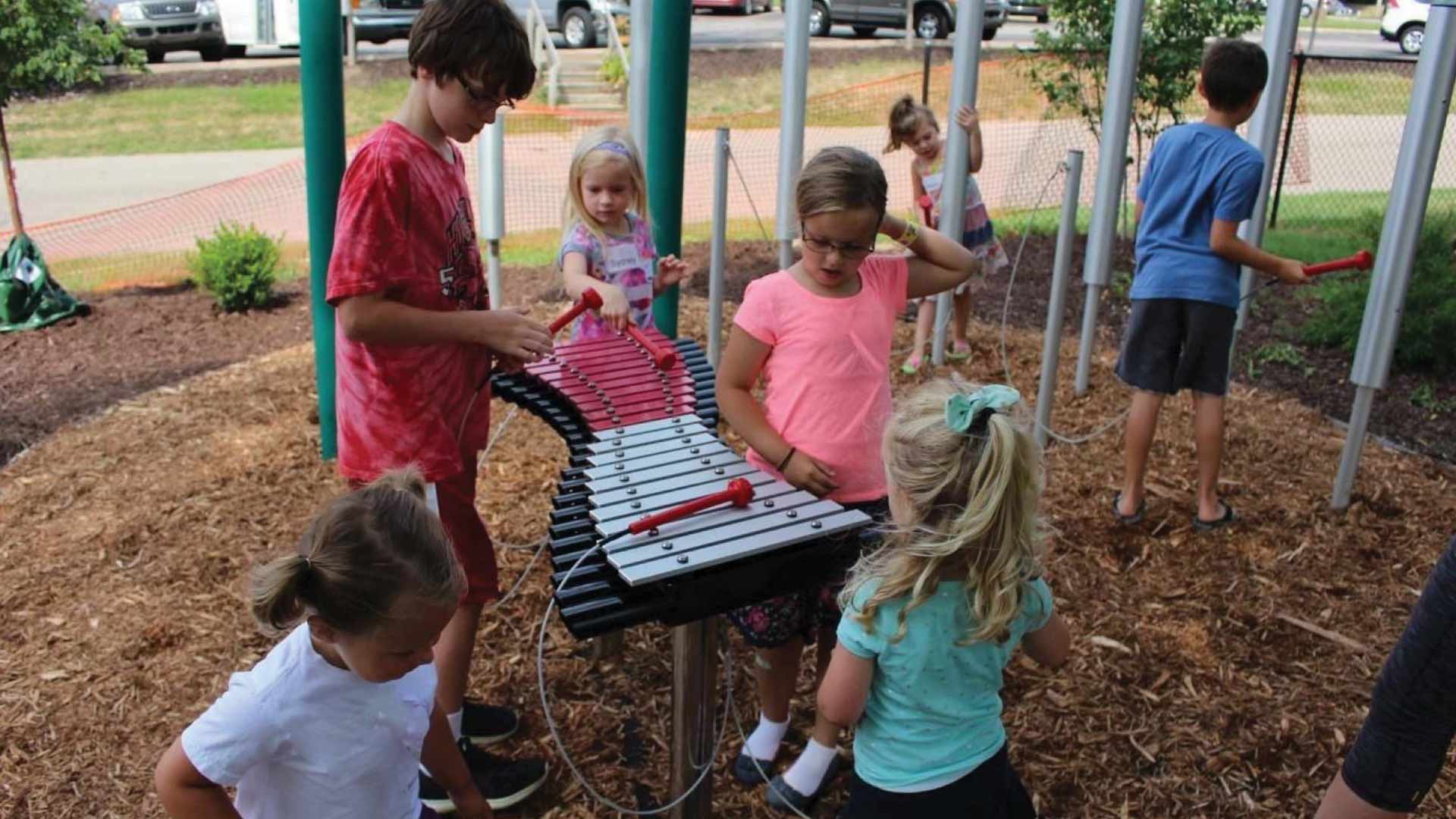
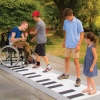
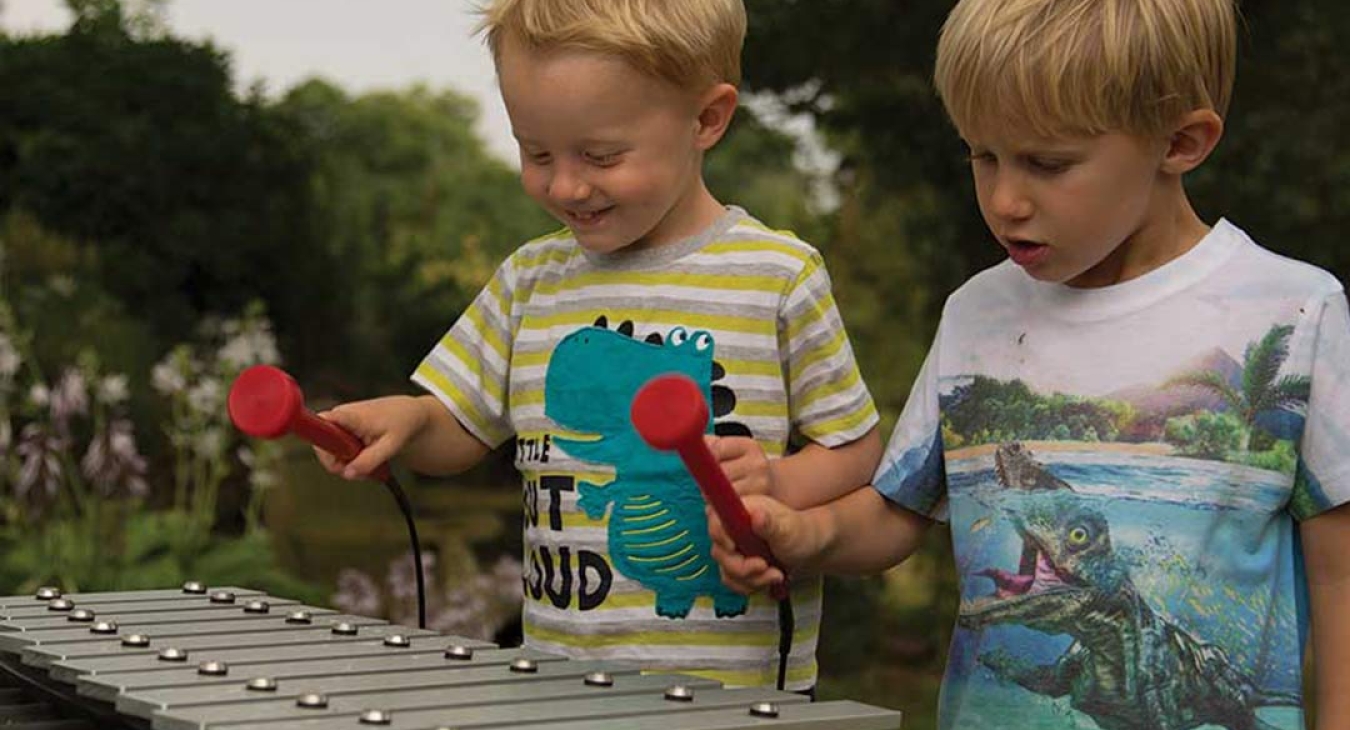

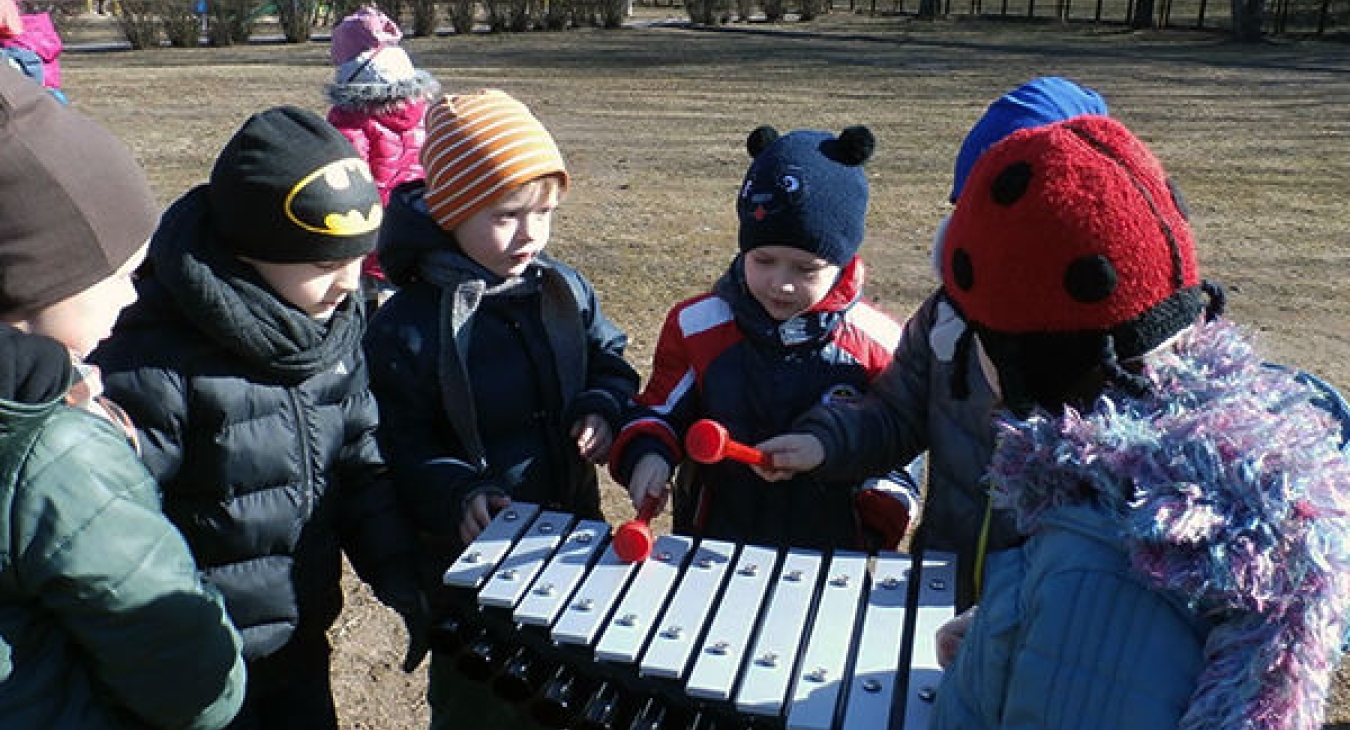
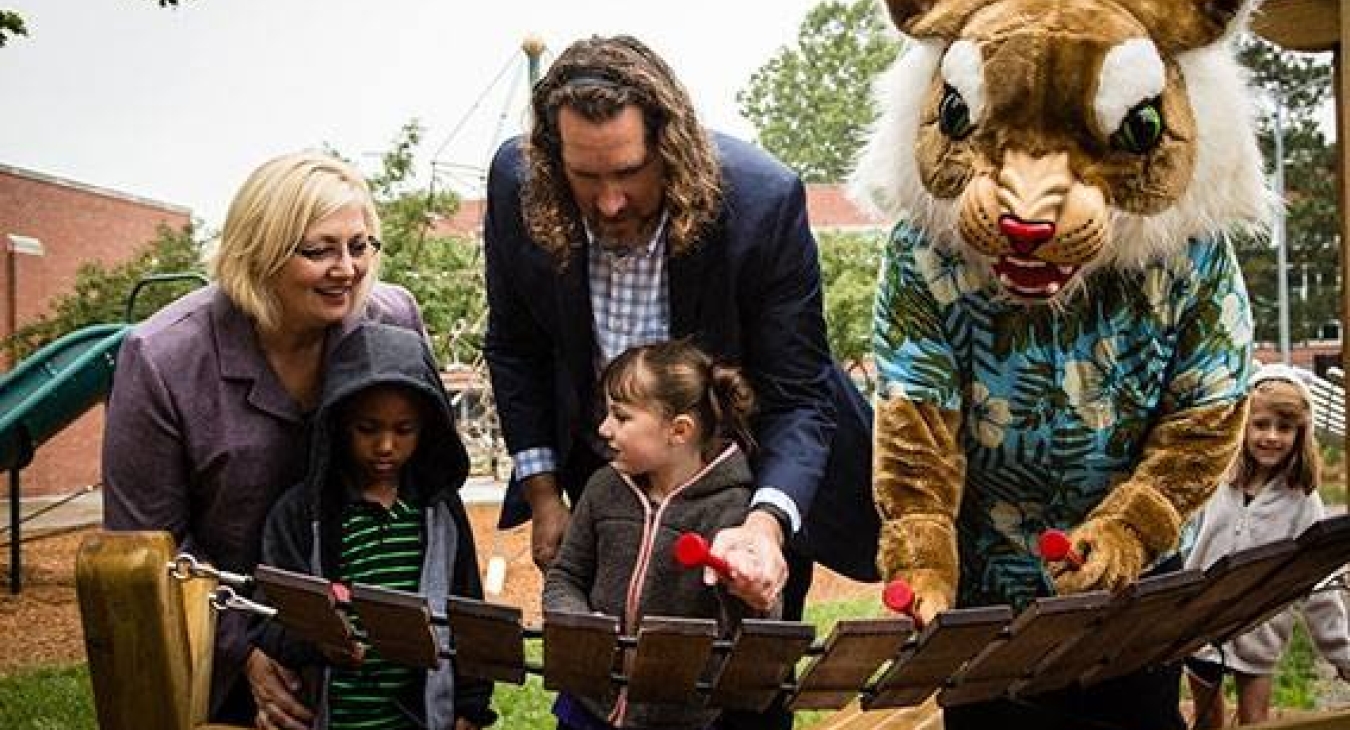
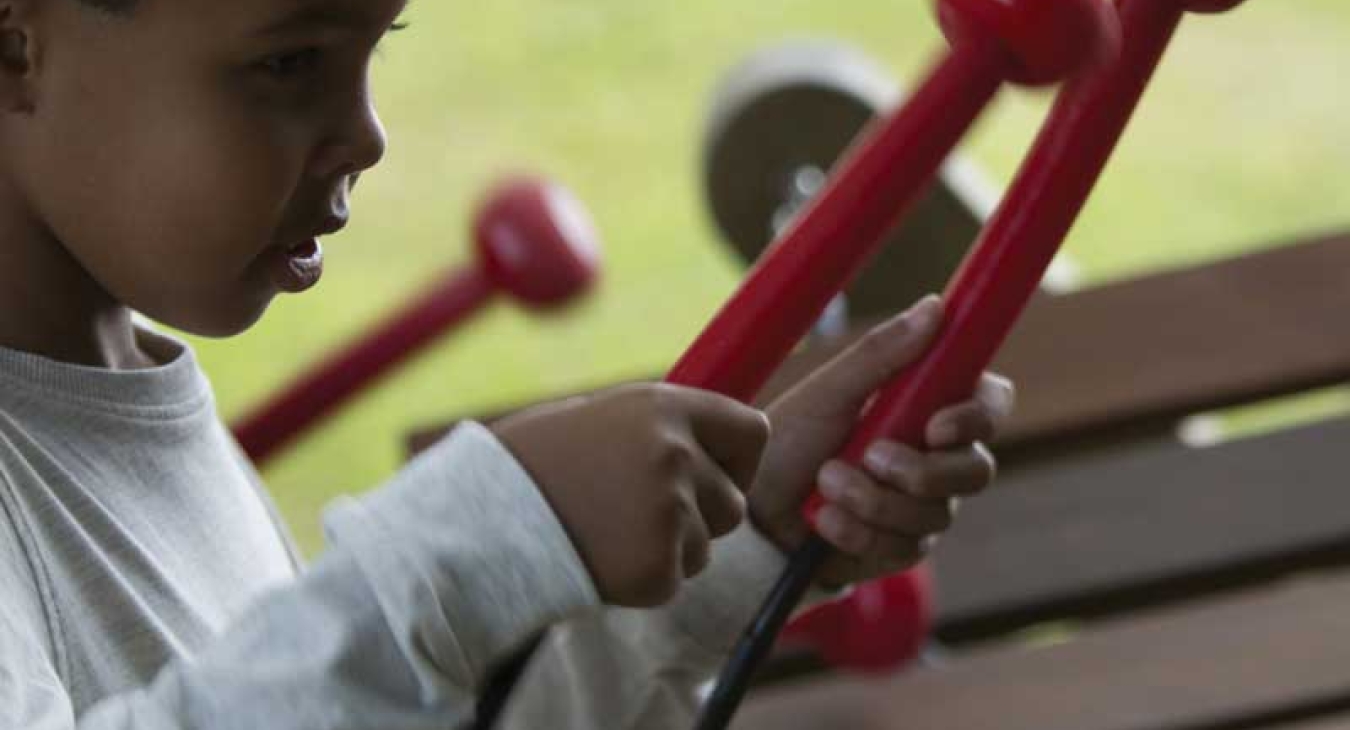
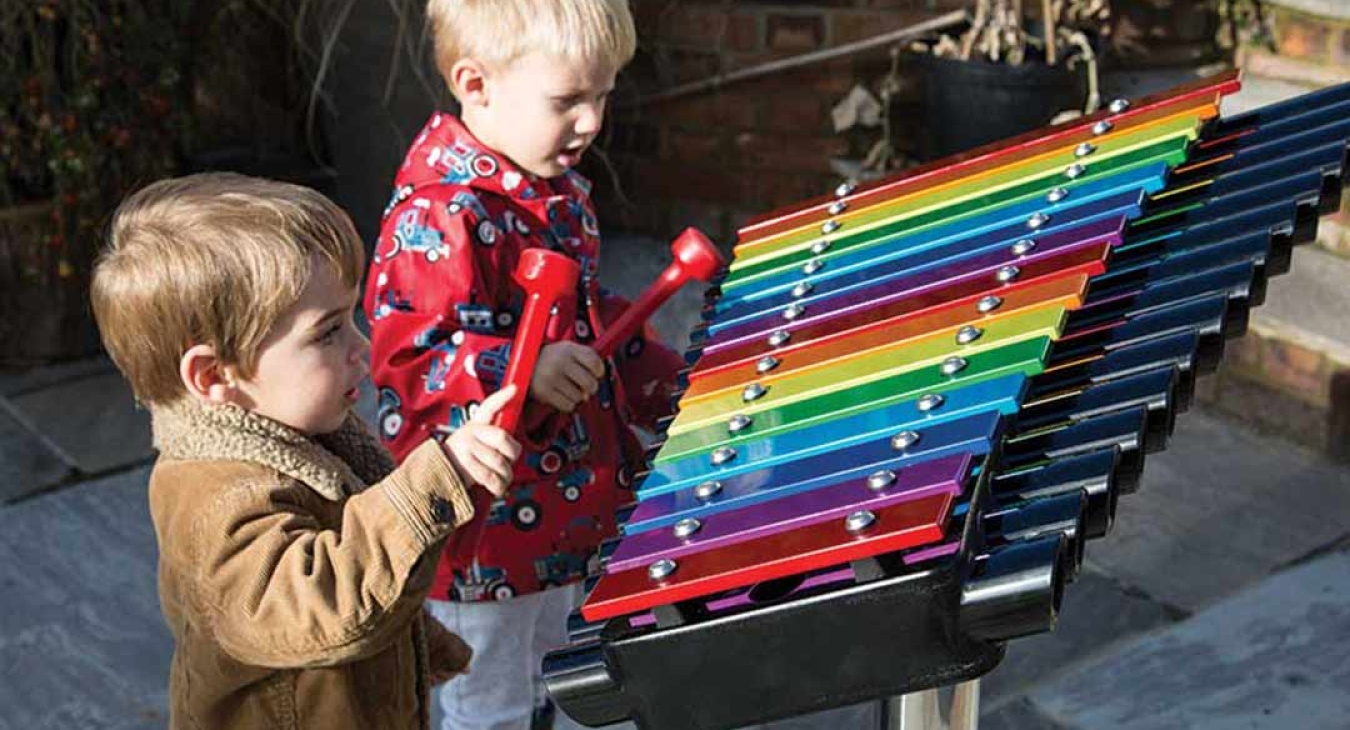
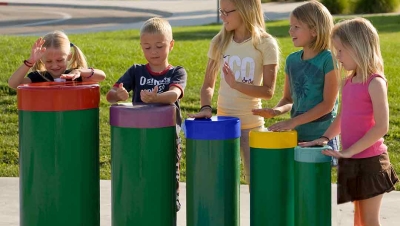
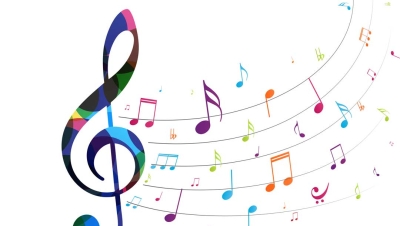
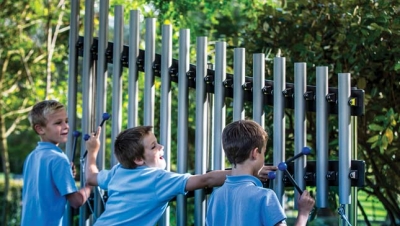




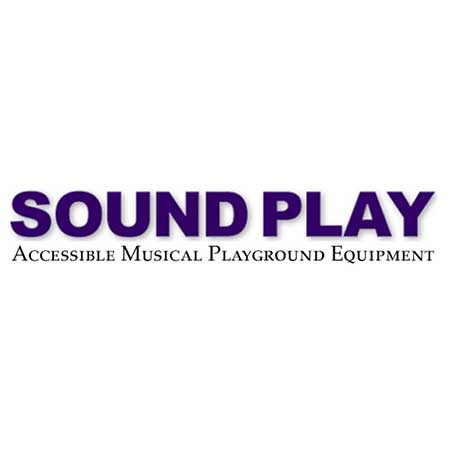
We just added musical
We just added musical instruments to our line of products and the response has been incredible. My sister is a music teacher and loves the quality of the sound
Add new comment